People familiar with Cupertino-based company's plans say the 13-inch portables are presently undergoing an industrial design overhaul that will see them reemerge in the coming months with a slimmer, lighter enclosure and restructured internal architecture to boot.
It'll be the first time in more than three years that the plastic Mac notebooks will receive a visual tune-up. Introduced in May of 2006, the white and black systems replaced the PowerPC-based iBook and 12-inch PowerBook as part of Apple's transition to Intel processors and quickly became the best selling Mac of all time, according to statistics from NPD Group.
The MacBooks were also among the first Macs to adopt Apple's MagSafe power connector while pioneering several other features that would become staples of future Mac notebook designs, such as shrunken soft-touch keyboards, glossy displays, and a non-mechanical magnetic latches (see: Magnet madness to hit Intel iBook line - Feb 2006).
Earlier this spring, Apple restructured its notebook offerings by repositioning its aluminum unibody MacBooks as premium offerings under the MacBook Pro moniker, adding long-requested features such as FireWire and higher-quality displays. This left the company with just a single MacBook offering, a white polycarbonate model that retails for $999 but sticks out like a sore thumb when positioned alongside its peers.
Still, sales of the sub-$1000 system have remained surprisingly brisk amid the economic crunch, leaving management little choice but to allocate R&D expenses in its favor. As of press time, Apple's online store indicates that the white MacBook is outselling all other Macs with the exception of the iMac, while similar rankings from high-volume resellers like MacMall also consistently place it in the top 10 best selling Apple-related products overall, ahead of all desktop-based Macs.
While it's unclear how many models or configurations Apple will introduce as part the redesign, Ben Reitzes — an analyst with Barclays Capital who's been following the Mac maker for years — sees the company offering several, at various price points.
"We [...] believe the MacBook line needs to be revamped (there is only one MacBook available now, an old white model) and that we could see a lower priced line soon, positioned below the new MacBook Pro models," he said.
Reitzes' comments on price points echo expectations laid out by AppleInsider this past April in its report on more affordable Macs. More specifically, it's believed that Apple is well-positioned to begin offering a model at considerable discount to the $999 entry-level model that exists today, further narrowing the gap with its Windows-based competitors.
Introduced in May of 2006, the current MacBook design has about run its course.
Though details are few and far between, Apple is expected to achieve these markdowns through largely existing tactics, such as using lower-end components and previous-generation Core 2 Duo chips and architectures from Intel Corp. Battery life should receive a boost from cutting-edge technology that recently found its way into the company's other notebook offerings, while high-end legacy features like FireWire connectivity are likely to be sacrificed in the tradeoff.
This strategy more closely conforms to Apple's DNA than alternatives that were under consideration late last year. For instance, AppleInsider has heard from multiple sources that the company toyed with the prospect of throwing an Intel Atom processor into the existing white MacBook enclosure as interim solution aimed at delivering a low-cost Mac portable for those consumers eying a Mac but hit hard by the recession.
However, at least one person familiar with the matter claims the initiative was abandoned indefinitely earlier this year, around the time that management solidified the forthcoming Newton web tablet for a first quarter 2010 roll-out and instituted a significant restructuring of the Apple TV development team.
Regardless of how the pieces fell into place, AppleInsider believes the bigger story is how Apple, once discounted for its role as a niche player in the market for premium computing products, is rapidly adjusting to having been broadsided by the sudden economic downturn. In a matter of mere months, it's successfully applied the same fundamentals and expertise that made it king of the luxury computing market to the space reserved for those strapped for cash. And it's doing so with class.

An assessment of Apple's portable computing lineup for Q2CY10 based on information presently available to AppleInsider.
Come the second quarter of next year, the company — whose repertoire three years ago lacked a compelling offering for under a grand — will off a staggering array of portable solutions ranging from $99 to $999. This includes the $99 iPhone 3G, $199-$499 iPhone 3GS, a sub-$999 MacBook family, and a multi-touch tablet device wedged between the latter two when fully subsidized.
Apple's new line of low-end MacBooks could be viewed as the last piece to the puzzle in Apple's top-to-bottom line of product offerings, transitioning the company from a premium PC and phone manufacturer to one that offers truly competitive prices on products in both categories.
Considering chief executive Steve Jobs's comments just last year that Apple is incapable of making a $500 computer to compete with netbooks that wouldn't be a "piece of junk," such a move would complete a subtle but significant metamorphosis for the Silicon Valley heavyweight, positioning it as an electronics maker offering a compelling portfolio of feature-rich products at virtually every price point.
 Kasper Jade
Kasper Jade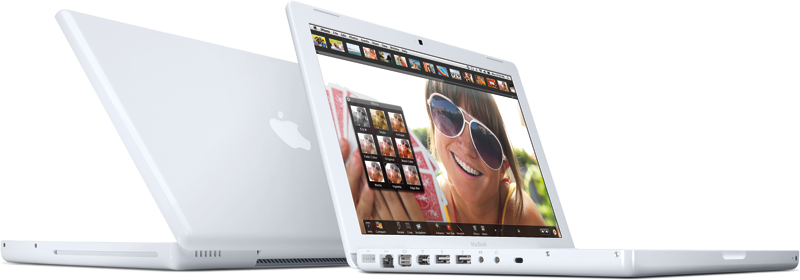



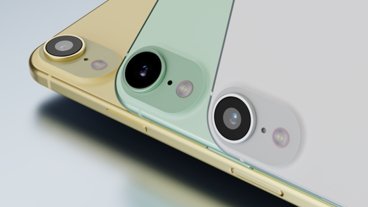
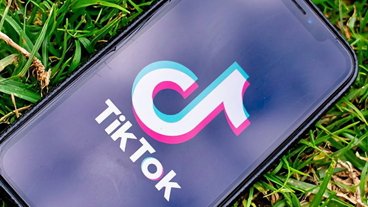


-m.jpg)





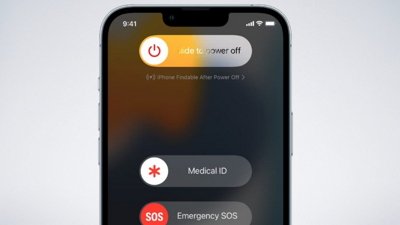
 Charles Martin
Charles Martin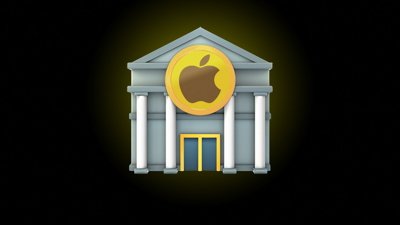
 Wesley Hilliard
Wesley Hilliard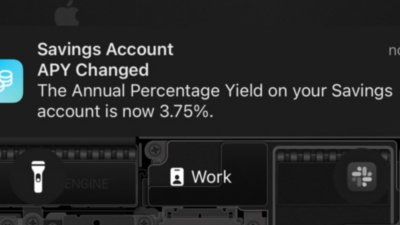
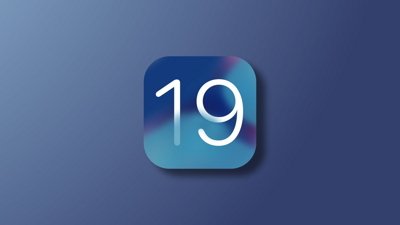
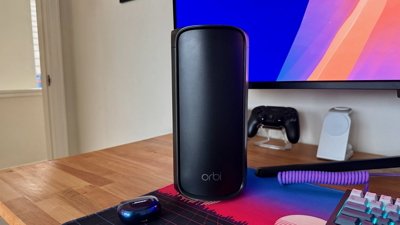
 Oliver Haslam
Oliver Haslam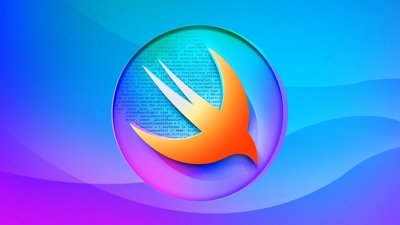
 Marko Zivkovic
Marko Zivkovic

 Amber Neely
Amber Neely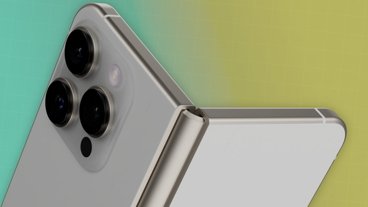
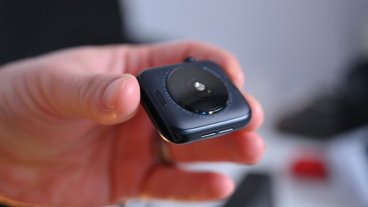






125 Comments
every MBA 101 class says that once you reach some success you have to have products to protect the low end of your market because that is where your killer competition will come from. there is a long list of companies who thought they were safe at the high end of the market and are now gone.
Plastic dents less and scratch-resistant IMHO.
Agreed.
Fair play to Apple if this road map comes about.
The Macbook needs a price range in the UK of £495-795.
Wintel laptops are available from £395.
It wasn't that long ago Apple offered a £695 iBook and an iMac for £695. I think they need to go lower than that this time.
They don't have to be Dell cheap...but cheaper than currently. I'm glad the Macbook is being realigned. It's overdue after the alu Macbook mistep that saw it changed to a 'Macbook Pro' with the Firewire port people wanted...and a price cut.
I hope we get a nice slender design. Plastic. Affordable. It's got to be cheaper than the current model by a good hundred pounds or so.
Same with the desktop line. The mac mini and iMac are due reality checks.
We'll see what the 'fall' brings...
Lemon Bon Bon.
I have been trying to convince certain friends to switch for ages, their reason is that they do not require a high powered computer and as nice as the Apple machines are £700+ a price point that they are willing to switch for especially as they see it as a risk.
Bring on the lower price points, I'll still stick with my Aluminium Macbook!
Plastic dents less and scratch-resistant IMHO.
I bought my first-gen MacBook in Summer '06 and it's been a great computer. However it does suffer from the chipping palmrest, hairline fractures around the speakers, etc. I will probably replace it with a high-end 13" MacBook Pro - my girlfriend has one and I love its casing! It feels SO much stronger than mine...